Mold on Insulation: Unmasking the Hidden Threat & Unveiling Powerful Solutions
Do you perceive a musty odor or notice black fuzzy growth when you walk past some parts of your home? If you do, then you have a mold problem! Unfortunately, many homeowners ignore mold on insulation, but it isn't just an unsightly problem; it's a pervasive issue that can seriously impact your indoor air quality, trigger allergies, and even weaken your property's structural integrity.

Say goodbye to the silent menace and discover the ultimate solutions to protect your health and investment. This comprehensive guide will discuss how to recognize mold growth and different types of mold-resistant insulation. Most importantly, we will discuss the causes, effects, and remedies of mold on insulation.
What Is Mold?
Molds are fungal growth found that survive in damp and humid conditions. Different species of mold come in various colors, such as black, green, white, or orange. Mold growth has an unpleasant sight and causes health problems for people with respiratory issues.
Mildew is a term used interchangeably with mold. It refers to a mold type that can appear as a white, brown, or gray powdery coating on walls, ceilings, etc.
What Does The Mold Growth Typically Look Like?
Mold has a fuzzy appearance and causes discoloration on surfaces it is growing on. Mold growth has a musty odor and can be seen in small or large patches. At the early stage, mold spores can be seen as small stains on walls, ceilings, floors, etc.

What Causes Mold Growth on Insulation?
Mold growth on insulation is predominately caused by moisture buildup. When insulation becomes wet, it causes mold to survive on it. Asides from moisture, other factors that can cause mold on insulation include poor ventilation and temperature.
There are different reasons for moisture accumulation in buildings or on insulation, such as roof leaks, pipes, or condensation. When moisture gets trapped in the insulation, it creates an environment for mold growth.
Poor ventilation can also cause mold on insulation. In an environment where air circulation is restricted or limited, it creates a humid environment that supports mold growth.
Which Types of Insulation Is Mold Resistant?
One of the features of a good insulation system is mold resistance. Insulation is a good way to resist mold growth in homes. In addition, insulation helps to prevent heat transfer and moisture accumulation in buildings.

However, not all types of insulation are naturally mold-resistant. They are mold-resistant insulation that makes mold growth in buildings difficult. The types of insulation that are mold-resistant include the following:
Fiberglass Insulation
Fiberglass insulation is made from glass and plastic fibers to prevent heat transfer by trapping air. Mold needs a food source to survive, and the composition of fiberglass insulation makes it difficult for them to survive there. In addition, fiberglass insulation repels moisture, making it inhospitable for mold growth.
Mineral Wool Insulation
Mineral wool insulation is made from rock and slag fibers; mold cannot feed on that. In addition, since mineral wool insulation is made from inorganic materials, they are naturally resistant to mold growth.
Spray Foam Insulation
Spray foam insulation is a reliable way to prevent mold growth in your home. Spray foam is a mold-proof insulation that creates a vapor barrier to prevent condensation and mold growth. In addition, spray foam insulation creates an air-tight environment that resists mold growth.
How to Tell If Insulation Is Dirty or Moldy?
Dirty or moldy insulation is one of the signs that your insulation needs repair or replacement. One of the most visible signs of dirty insulation is discoloration. In addition, the insulation is dirty when it changes color to black, brown, or pink. So, the moment you see black mold on your insulation, you know it is dirty.
Dirty or moldy insulation in homes can cause health problems for people with allergies, such as sneezing, coughing, itching, etc. Apart from these health-related problems caused by dirty mold, moldy or dirty insulation have a musty smell that can make you gag.
Effects of Mold Growth on Insulation
Mold on insulation is an unpleasant sight and has negative effects on homes. The effects of mold growth on insulation include the following:
1. Health Effects
Mold on insulation negatively affects health when inhaled by people who are sensitive to it. When exposed to mold, it causes symptoms like sneezing, coughing, or wheezing. In addition, molds can cause allergic reactions, respiratory problems, or other health issues in people with allergies or asthma.
2. Property Damage
One of the negative effects of mold on insulation is that it causes damage to the insulation and reduces the structural integrity of a building. In addition, molds weaken insulation and reduce its effectiveness over time.
3. Reduced Energy Efficiency
Mold reduces the effectiveness of insulating material by creating a layer of moisture that allows faster heat transfer. As a result, mold makes the home less energy efficient by allowing faster heat transfer through the insulation material.
Remedies for Mold on Insulation
Mold on insulation is an eye-spore in every home. In addition, the threat it poses to your health is enough reason to deal with it. That said, the following methods can help you remedy mold on insulation:
1. Prevention
The best way to remedy mold on insulation is by prevention. One way to prevent mold on insulation is proper ventilation. Good air circulation in an insulated area prevents moisture buildup that can lead to condensation.
Sealing leaks in the building is another way to prevent mold. For example, leaking pipes is a major cause of mold on insulation in bathrooms. Other ways to prevent mold on insulation include proper insulation installation, regular insulation inspection, and naturally mold-resistant materials like spray foam insulation.
2. Removal
Mold on insulation can be remedied by also removing the part of the insulation affected by the mold. Removing mold on insulation can be done by hiring a professional. Nevertheless, you can remove mold spores from insulation yourself by following these steps:

- Wear protective gear like a nose mask to protect yourself from respiratory problems.
- Seal the affected area with plastic sheeting or tarps to prevent mold spores from spreading.
- Carefully remove the affected insulation to stop the spread. This article on how to remove spray foam insulation will guide you on removing spray foam mold.
- Clean the area with bleach and water to remove mold spores. Then, keep the area dry to prevent moisture buildup again. Using dehumidifiers will help keep the area dry.
3. Replacement
Replacing your old insulation and installing new mold-resistant insulation will eliminate your mold problems. In addition, removing the entire insulation will reduce the likelihood of spreading the mold spore completely and prevent future mold growth.
When to Consult a Mold Remediation Expert?
The best time to call a mold remediation expert is the very moment you see a black mold on insulation, wall, floor, or ceiling. It is better to allow an expert to handle the situation quickly to be on the safe side and prevent the mold from spreading.
Conclusion
The major cause of mold on insulation is moisture buildup. Other reasons for mold on insulation are temperature and poor ventilation. Mold on insulation has several negative effects on the health of occupants, the quality of air in your home, and the effectiveness of the insulation.
The remedy for mold on insulation can be done in 3 different ways; prevention, removal, or replacement of the insulation. Preventing mold growth in your home is the best way to remedy the problem. However, consult a mold remediation expert as soon as you notice mold spores anywhere in your space.
FAQs About Mold on Insulation
Should Moldy Insulation Be Removed?
Mold growth on insulation is an eyesore, and it can cause health problems to occupants and reduce the effectiveness of the insulation. Therefore, it is important to remove moldy insulation immediately.
Can Mold on Insulation Be Harmful to Health?
Mold on insulation can cause serious respiratory problems to people sensitive to it. In addition, it can cause allergic reactions and other problems such as coughing, sneezing, wheezing, etc.
Can Mold Grow on Insulation?
Yes, mold can grow on insulation can for different reasons, especially when it becomes damp. The cause for mold growth on insulation is moisture, poor ventilation, and temperature. For example, mold on insulation in the basement can be caused by leaks or poor ventilation.
Is Spray Foam Resistant to Mold Growth?
Installing spray foam insulation is one of the reliable ways to resist mold growth in your home. Spray foam is mold-resistant and creates a vapor barrier that prevents condensation. Fast Coat Product is all the quality you need to resist mold growth.
Does a Vapor Barrier Prevent Mold?
Yes, installing a vapor barrier prevents mold by reducing moisture buildup. They are designed to resist the transfer of moisture through walls, ceilings, roofs, etc. Vapor barriers must also be installed properly to resist mold growth.
Is Black Mold on Insulation Dangerous?
Black mold on insulation is a sign that the insulation is dirty or moldy. Therefore, it is important to attend to it immediately to prevent it from spreading.
Why Does Mold Growth Occur on Attic Insulation?
Moisture is the primary cause of mold on insulation in the attic. Attics are susceptible to poor ventilation, leaks, and low humidity that can lead to moisture accumulation.Author : Krakenbond Team



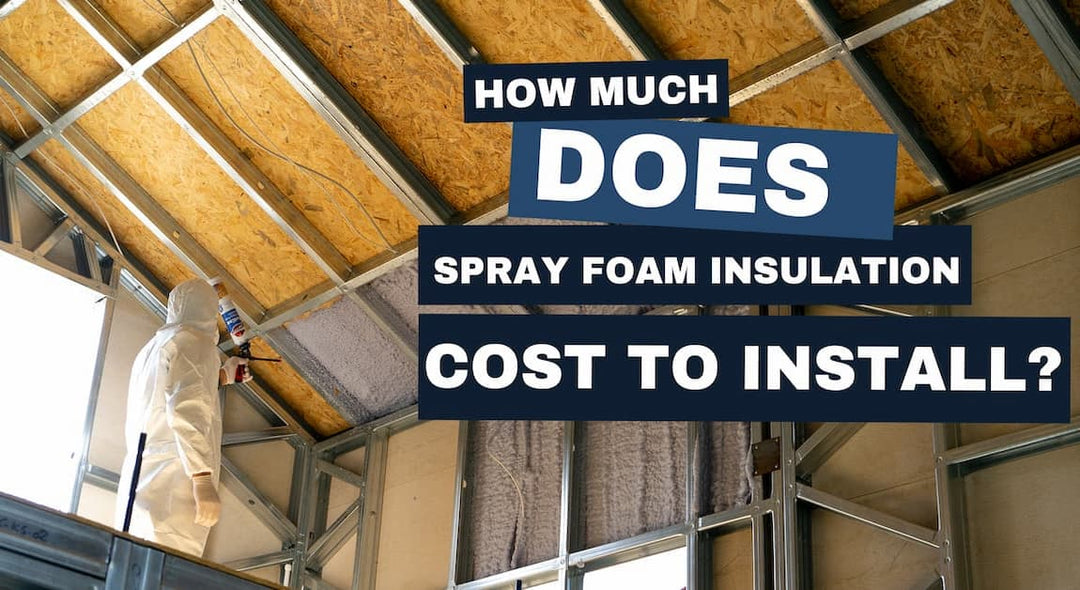
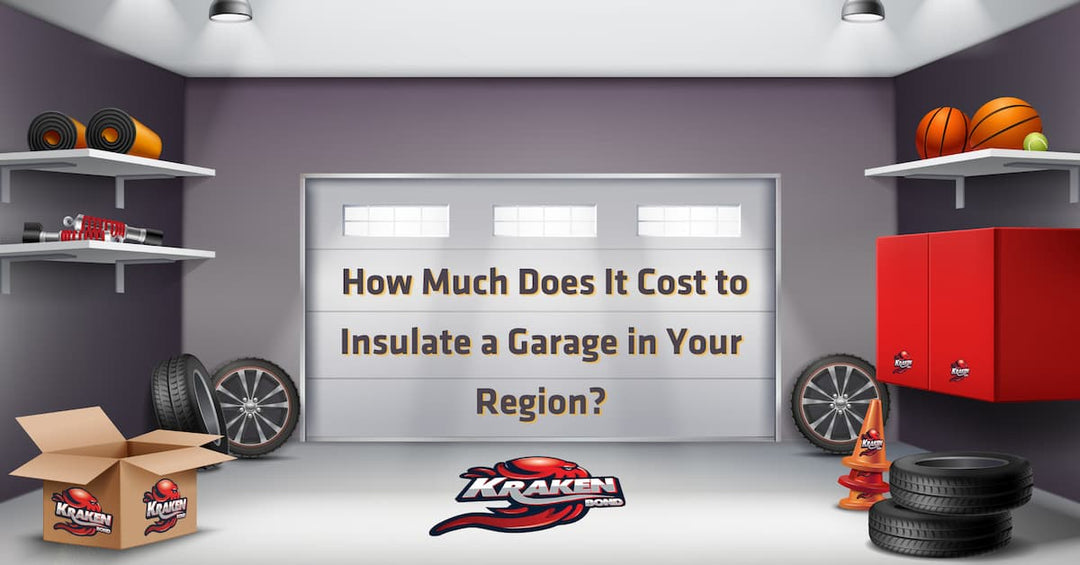
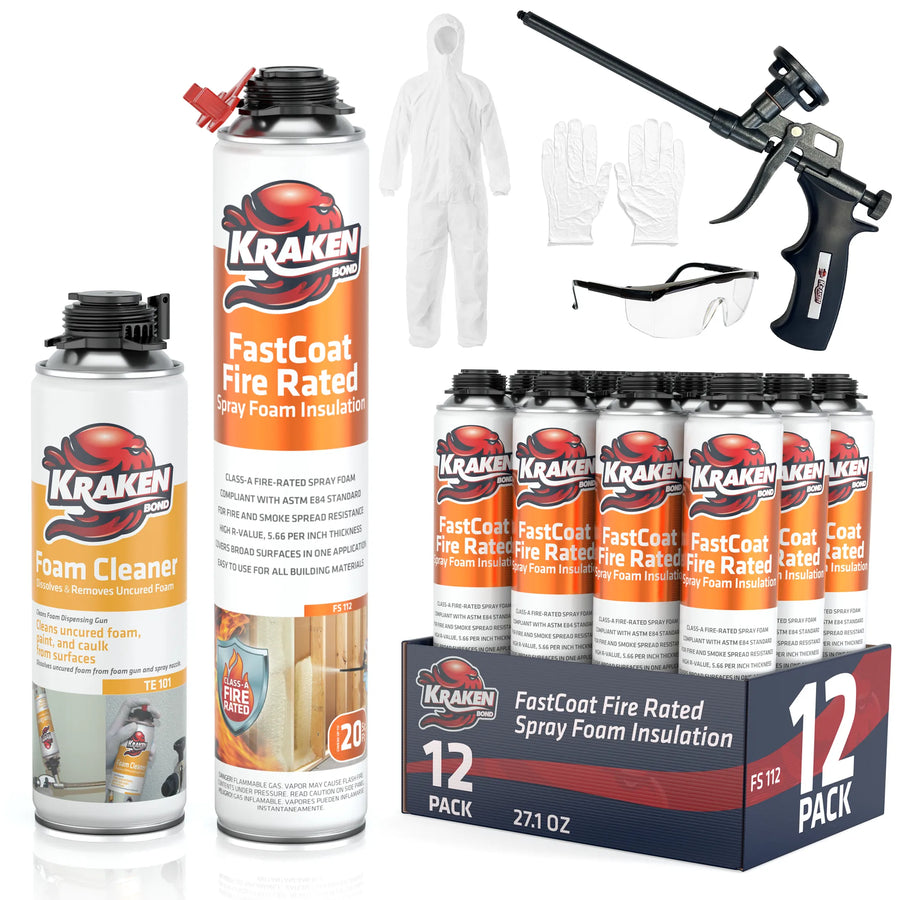








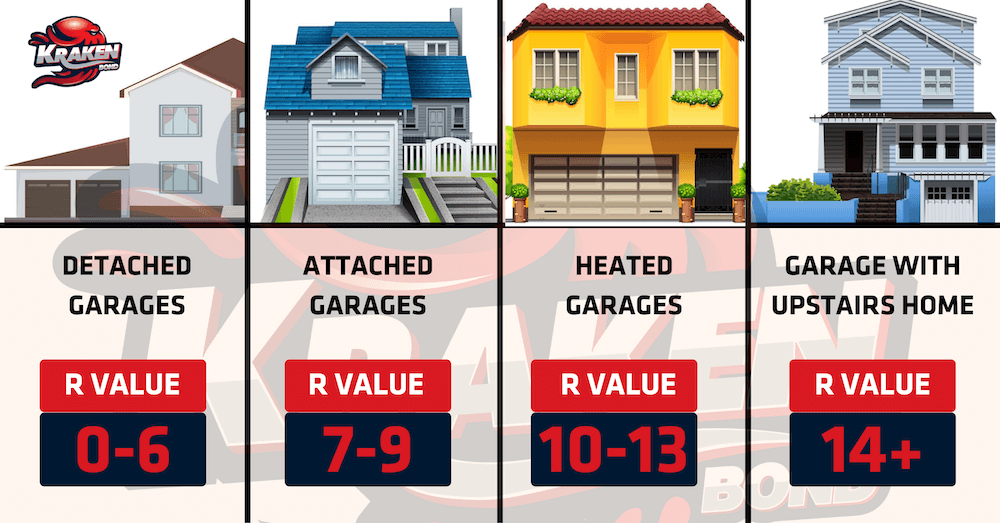

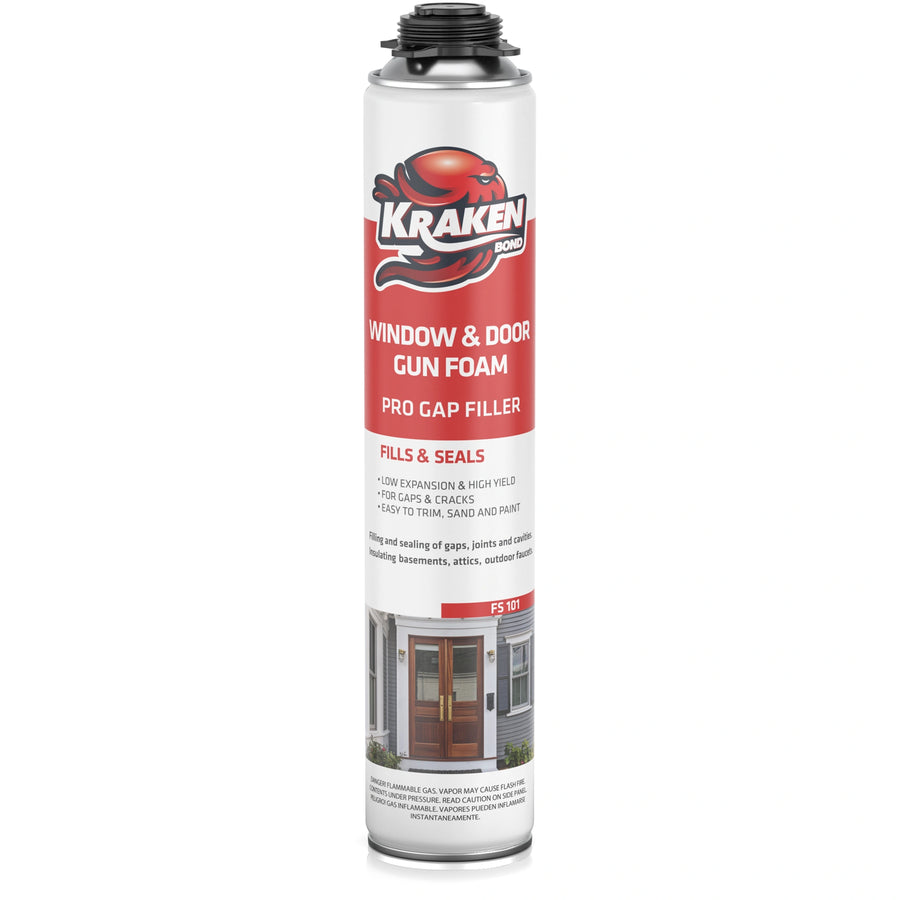
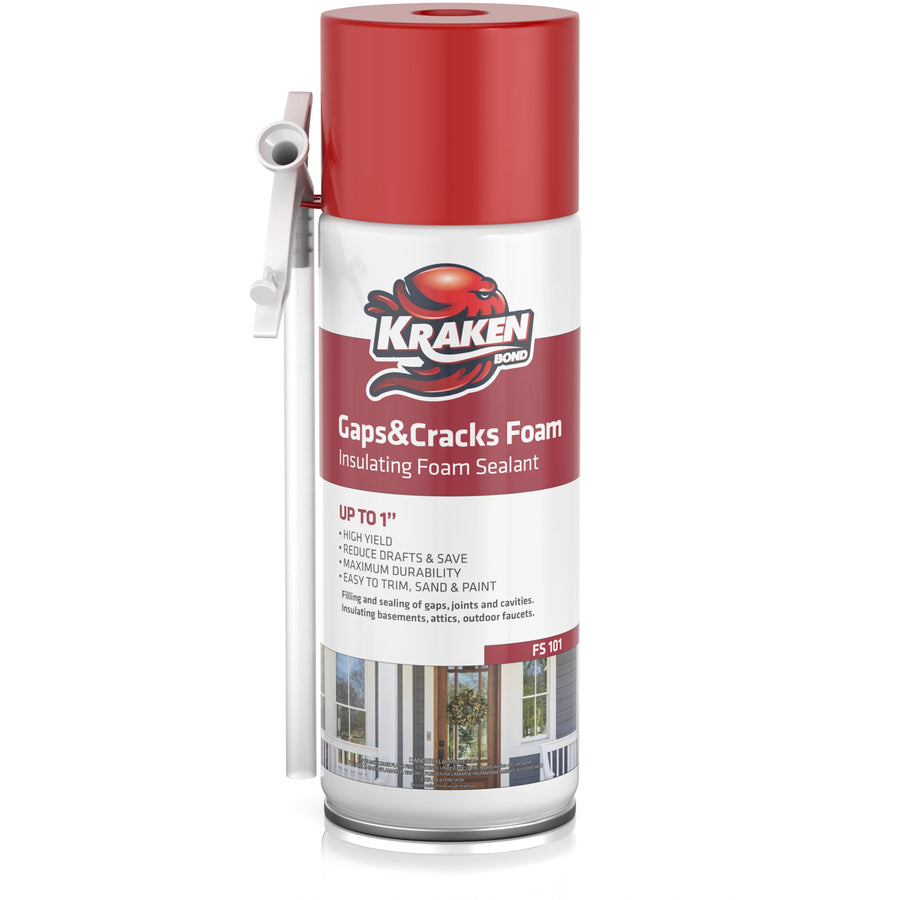
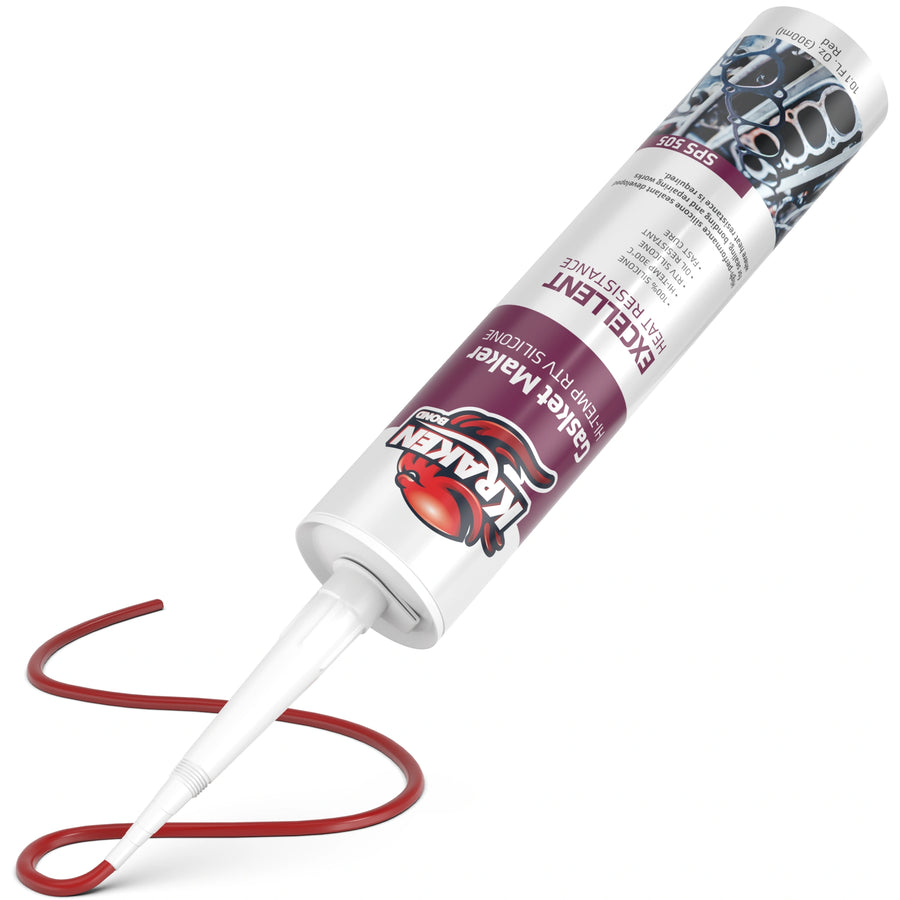
Leave a comment